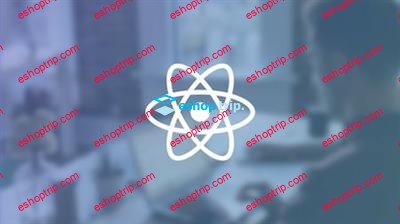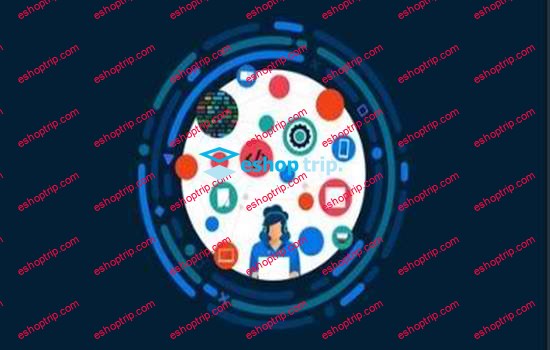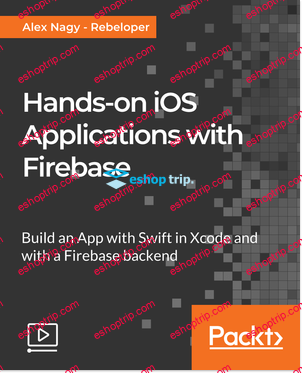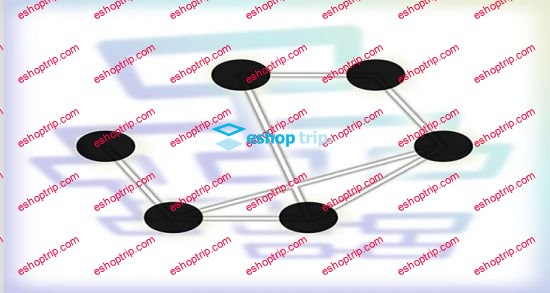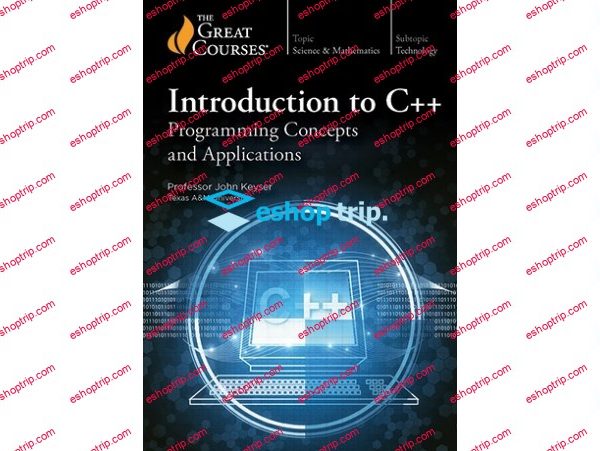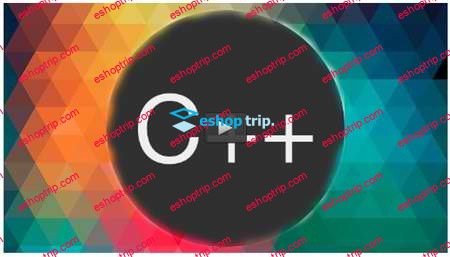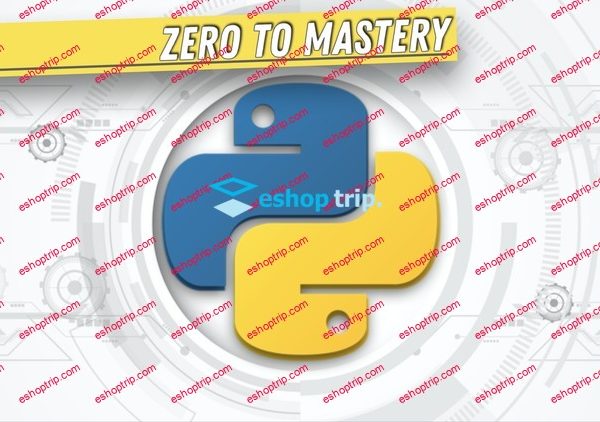Published 9/2024
MP4 | Video: h264, 1920×1080 | Audio: AAC, 44.1 KHz
Language: English | Size: 858.40 MB | Duration: 5h 6m
Master solutions architecture with key soft and technical skills for successful project and stakeholder management.
What you’ll learn
The exact role of the Solutions Architect.
Practical techniques to become a Solutions Architect.
Structure of the Solutions Design document.
Address the soft skills that make your work much easier.
Approach system design problems with the right questions.
Design highly scalable, highly available and performant software solutions.
Requirements
Basic knowledge of software engineering
Description
Throughout this comprehensive course, we cover a wide range of soft skills and technical skills to help you succeed in this role. Then we go through the solutions architect processes and we finish the course with a case study for a large-scale data and AI project. For Additional learning, I have also included some interview questions to help you prepare for potential interviews for the solutions architect role. Here is the course outline in details:Soft SkillsCommunicationExcellent verbal and written communicationTeam CollaborationPresentationLeadershipStakeholder ManagementEmpathyActive ListeningPay attentionShow that you are listening Listen without judgment Ask questionsSummarize or paraphraseNegotiationProblem-SolvingRequirement AnalysisAnalytical ThinkingDecision MakingBusiness and StrategyBusiness AcumenCost ManagementProject ManagementTechnical SkillsNetwork and Security ProtocolsNetwork MetricsNetwork Security Protocols (SSH, SSL, TLS)Directory Access Protocol (LDAP)Data Transfer Protocols (FTP, POP, IMAP, SMTP, TCP/IP, UDP, HTTP, HTTPS)Security Threats (XSS, SQL Injection, DDoS)Additional Internet Concepts (DNS, URL, URI)Software Architecture PatternsThree Tier ArchitectureMulti-Tier ArchitectureEvent-Driven ArchitectureMicroservice ArchitectureServerless ArchitectureContainer ArchitectureAPI Design and ArchitectureREST (HTTP Methods)SOAPGraphQLWebhooksGRPCWebSocketSocketSSE (Server-Sent Events)System DesignHorizontal Scaling vs Vertical ScalingLoad BalancingSQL DB vs Non-SQL DBCap TheoremDatabase design for distributed systems (Database Sharding, Database Replication, Database Partitioning)CachingCDNConsistent HashingDisaster RecoveryBig Data (Streaming Data, MapReduce)Machine LearningSolutions Architect ProcessesDiscover (Triage)Solution DesignProof of ConceptDeploymentProject ClosureCase StudyMore LearningsBehavioural Interview QuestionsTechnical Interview Questions
Overview
Section 1: Introduction
Lecture 1 Getting Started
Lecture 2 Who is this course for?
Lecture 3 Course Outline
Section 2: Solutions Architect Role
Lecture 4 Types of Architect
Lecture 5 Who is a Solutions Architect?
Lecture 6 Who is the client?
Section 3: Soft Skills
Lecture 7 Intro to Soft Skills
Lecture 8 Communication
Lecture 9 Problem Solving
Lecture 10 Business and Strategy
Section 4: Technical Skills – Network Metrics and Protocols
Lecture 11 Intro to Technical Skills
Lecture 12 Netwrok Metrics
Lecture 13 Network Security Protocols
Lecture 14 Directory Access Protocol
Lecture 15 Data Transfer Protocol – FTP, POP, IMAP, SMTP
Lecture 16 Data Trasngfer Protocol – TCP/IP, UDP
Lecture 17 Data Transfer Protocol – HTTP, HTTPS
Lecture 18 Security Threats
Lecture 19 Additional Internet Concepts
Section 5: Technical Skills – Software Architecture Patterns
Lecture 20 Intro to Software Architecture
Lecture 21 Three Tier Architecture
Lecture 22 Multi Tier Architecture
Lecture 23 Event Driven Architecture
Lecture 24 Microservice Architecture
Lecture 25 Serverless Architecture
Lecture 26 Container Architecture
Lecture 27 Architecture Comparison
Section 6: Technical Skills – API Design and Architecture
Lecture 28 Intro to API Design
Lecture 29 What are the different types of APIs?
Lecture 30 REST API
Lecture 31 SOAP
Lecture 32 GraphQL
Lecture 33 Webhook
Lecture 34 gRPC
Lecture 35 WebSocket
Lecture 36 SSE
Lecture 37 API Gateway
Section 7: Technical Skills – System Design Key Concepts
Lecture 38 Horizontal Scaling vs Vertical Scaling
Lecture 39 Load Balancing
Lecture 40 SQL DB vs No SQL DB
Lecture 41 Cap Theorem
Lecture 42 Database Design
Lecture 43 Caching
Lecture 44 CDN
Lecture 45 Consistent Hashing
Lecture 46 Disaster Recovery
Lecture 47 Big Data
Lecture 48 Streaming Data
Lecture 49 Map Reduce
Lecture 50 Machine Learning
Section 8: Solutions Architecture Processes
Lecture 51 Intro to Solutions Architect Processes
Lecture 52 Discovery or Triage
Lecture 53 Solutions Design
Lecture 54 Solutions Design – Functional Requirements
Lecture 55 Solutions Design – Non Functional Requirements
Lecture 56 Solutions Design Review
Lecture 57 Proof of Concept
Lecture 58 Deployment
Lecture 59 Customer Satisfaction
Section 9: Case Study
Lecture 60 Intro to the Case Study
Lecture 61 Problem Statement and Proposed Solutions
Lecture 62 Business Justification
Lecture 63 Risk Management and Success Metrics
Lecture 64 Assumptions and Constraints
Lecture 65 Functional and Non-Functional Requirements
Lecture 66 Data Flow, Data Model and API
Lecture 67 Technical Architecture Diagram – AWS Services
Lecture 68 Technical Architecture Diagram – ETL Task
Lecture 69 Technical Architecture Diagram – EMR CLuster
Lecture 70 Technical Architecture Diagram – REST API and Resource Costs
Lecture 71 Data Access Controls and Security Compliance
Lecture 72 Test Plan and Deployment Plan
Lecture 73 Appendix – Slack Notification | Data Analysis and Predictions
Section 10: Conclusion
Lecture 74 Conclusion
Section 11: More Learnings
Lecture 75 Interview Questions
Anyone who is willing to become a Solutions Architect,Software Engineers,Technical Leads,Engineering Managers,Solutions Designers/Engineers,Application/Technical/Softwate Architects,Associate Solutions Architects,Solutions Architects who just entered this path,Or anyone with at least 1 year of Software Development experience
Homepage




